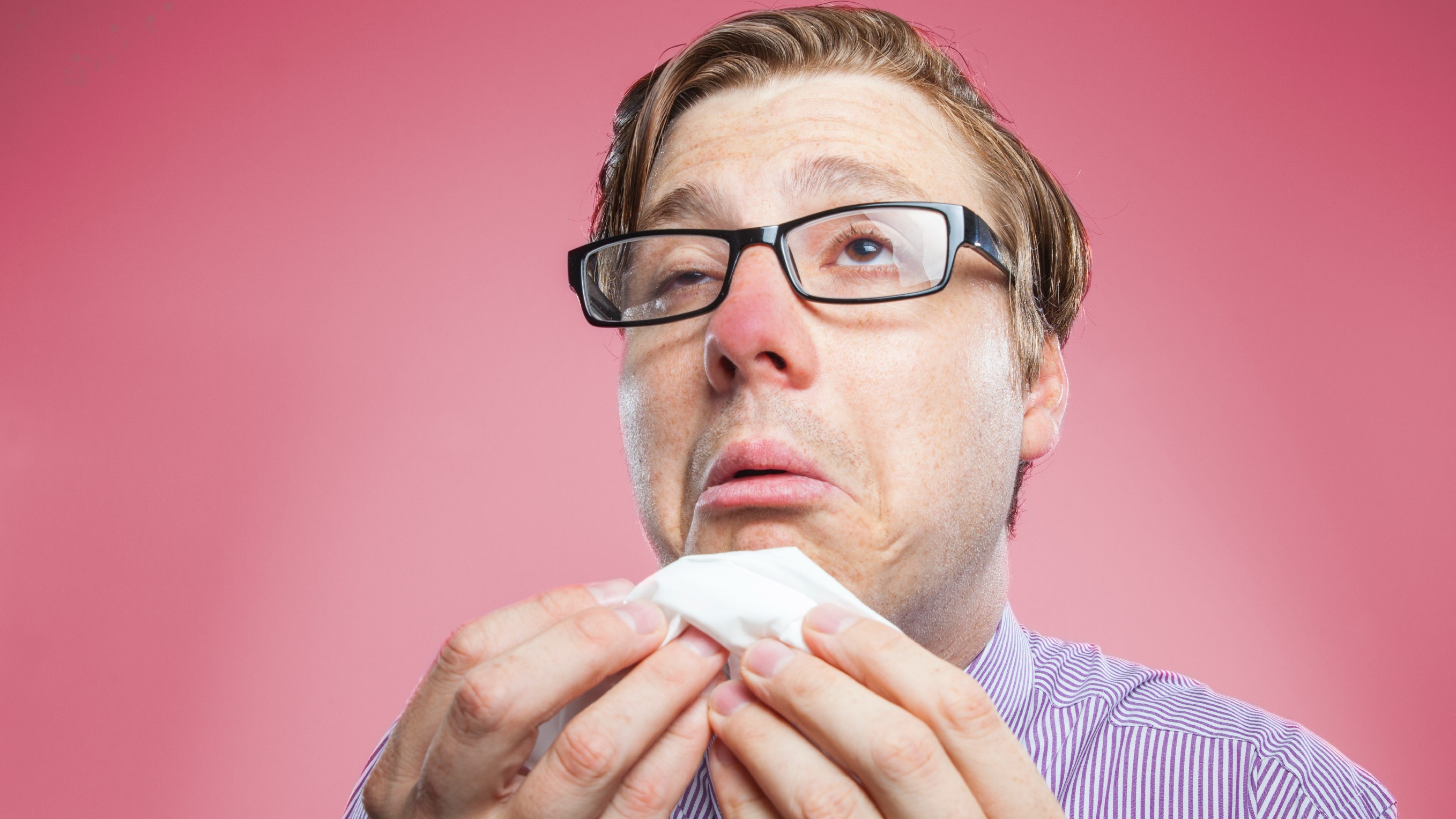15 Health Myths Busted
Strike these tall tales from your list of things to worry about

Old wives have a lot to answer for. These elderly so-called experts have been handing out advice for centuries – yet when it comes to our health, they’re very often wide of the mark. Here are 15 ways you’ve been led astray.
Myth 1: Chewing gum sits undigested in your stomach for seven years
Gum passes unimpeded through your digestive tract in a couple of days. Chewing gum is made from gum base, sweeteners, colouring and flavouring. Gum base is pretty indigestible: it’s a mixture of elastomers, resins, fats, emulsifiers and waxes, some of which resist your stomach’s digestive juices. However, your gut just keeps them moving through your system until they come out the other end.
Myth 2: Cold weather causes colds
You can go out without a coat, or sprint naked directly from your shower into the Siberian winter air if you fancy – it won’t make it any more likely that you’ll catch a cold. Colds are caused by germs, not low temperatures. One study put the virus that causes colds into subjects’ noses and then chilled some of these people. They were no more likely to be infected with a cold than those that weren’t chilly. In another study, people who had their feet chilled reported experiencing cold symptoms, despite not having the virus.
Myth 3: Excessive hat-wearing leads to baldness
Hipsters rejoice – your trilbies won’t leave those follicles in tatters. This strange little myth can be safely ignored, unless you wear either painfully tight hats that rip the hair away, and/or hats filled with glue.
Myth 4: You lose most body heat from your head
This myth probably originates from a military study 50 years ago when subjects were put in arctic survival suits minus hats and measured for heat loss. Since their heads were the only parts of them exposed, that’s where they lost the most heat. More recent studies in the US have proved that any part of the body exposed to the elements will lose heat.
Myth 5: Swimming after eating is asking for trouble
Any strenuous exercise is tricky after a big meal, but rumours of stomach cramps that lead to death by drowning are misguided. In fact, if you’re set for a long dip, a pre-swim snack is a useful energy boost.
RECOMMENDED: Benefits of Swimming
Sign up for workout ideas, training advice, reviews of the latest gear and more.
Myth 6: You can target fat loss
It’s intuitive to think that sit-ups will kick your belly fat into touch, but it’s wrong. The fat broken down during exercise comes from all over the body – you can’t just work on those love handles.
Myth 7: “Feed a cold, starve a fever”
As a human, it’s generally wise to eat, especially when your body requires the energy to fight illness of any stripe.
Myth 8: Cracking your knuckles will give you arthritis
Clicking your joints in public may generate all manner of disdainful scowls, but is not the fabled fast-track to joint agony.
Myth 9: You must never start a workout without stretching
Warm up, by all means, but there’s no evidence that static stretching prevents injuries. If you’re a runner or a cyclist, it might even slow you down. (Dynamic stretching, on the other hand…)
Myth 10: Unwashed hair is unhealthy hair
Steady on with the shampoo. It’s actually squeaky-clean hair that’s crying out for help, as you’ve stripped away its natural oils to leave a dry thatch.
Myth 11: The popular Chinese-food additive MSG is the devil’s own food, responsible for virtually all the world’s ills
Monosodium glutamate is only guilty of making even the most gruesome Chinese takeaways taste fantastic.
RECOMMENDED: How many calories are there in a Chinese takeaway?
Myth 12: You only use 10% of your brain
People have believed for the last 100 years that humans only use a small fraction of their brains’ capacity – but they were wrong. Brain imaging technology shows that no area of the brain is completely silent or inactive – and because each region has its own special job, you can’t afford it to be.
Myth 13: Your urine should be almost clear
Common wisdom has it that pee should be clear to pale yellow: any darker and you’re dehydrated. It’s true that urine gets darker as you dry out, but at its typical concentration urine is moderately yellow, which is “dark” compared to the guidelines we’re used to, but it’s actually five times below what is classified as dehydration. So normal urine from a healthy, well hydrated person may be very yellow.
Myth 14: You should drink eight glasses of water per day
The idea that we need 2.5 litres of water a day dates from 1945 and comes from the US Food and Nutrition Board. However, it added that most of this liquid requirement could come from food, which more recent studies have backed up. It’s also a myth that if you feel thirsty you’re already dehydrated – this can occur when the concentration of the body’s fluids rises by as little as 2%, well below the 5% level that defines dehydration.
Myth 15: Reading in the dark ruins your eyesight
The worst this will do is cause temporary eye strain. In people with disorders that cause dry eyes, reading in poor light led to decreased blinking, which resulted in reduced vision. However, eyesight improved when they stopped, suggesting that eyes return to normal when the strain ends.
RECOMMENDED: The Biggest Food Myths Busted
Coach is a health and fitness title. This byline is used for posting sponsored content, book extracts and the like. It is also used as a placeholder for articles published a long time ago when the original author is unclear. You can find out more about this publication and find the contact details of the editorial team on the About Us page.

